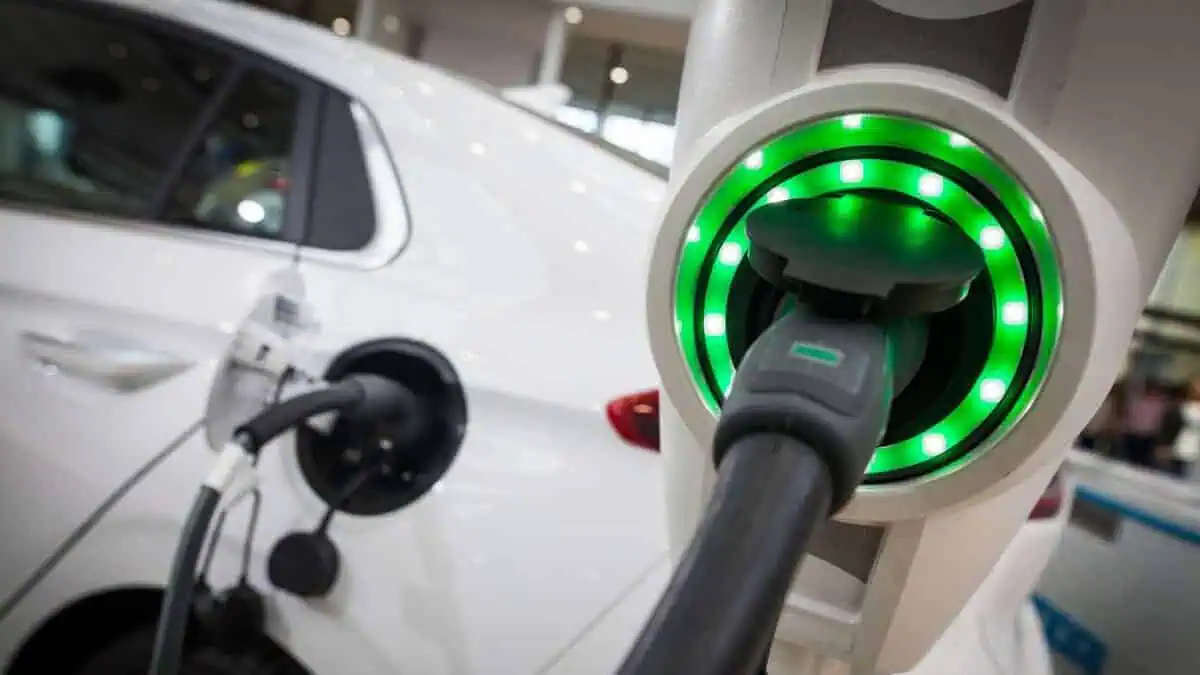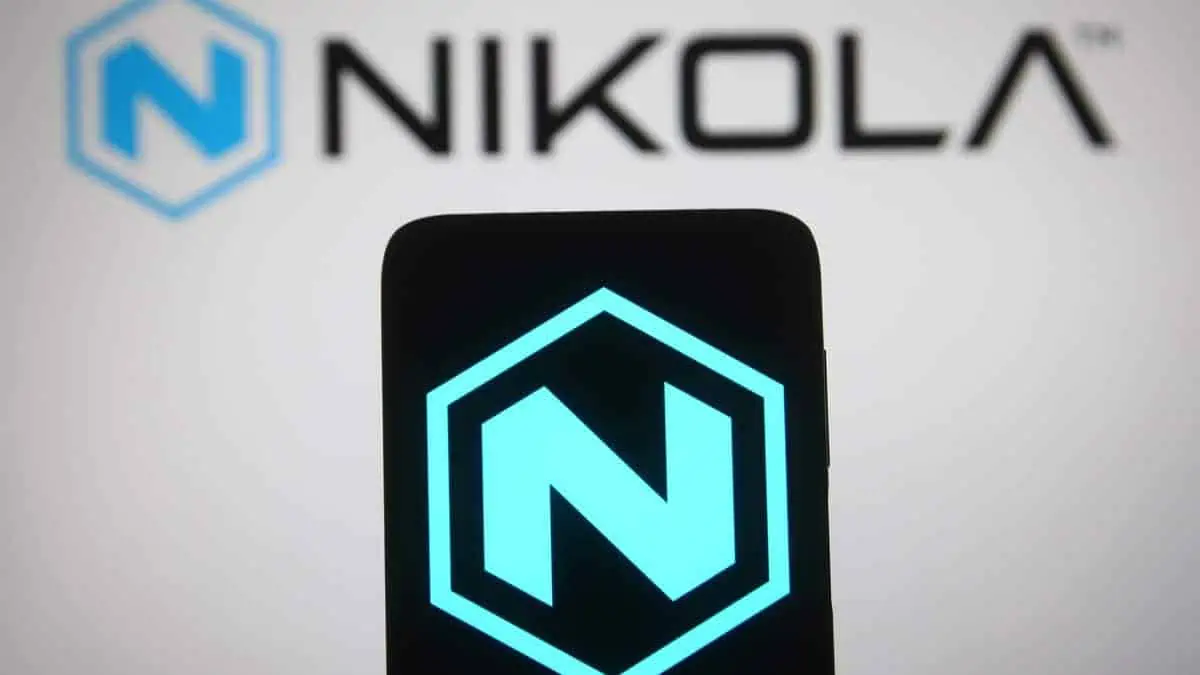The House of Representatives of the United States has voted to enact the Inflation Reduction Bill. The Senate passed the climate act on Sunday, in a party-line vote of 220-207, backed by Democrats and opposed by republicans.
Now it goes on to the table for President Biden to sign in the coming days. This will immediately affect the accessibility of EV tax breaks.
The climate act includes $369 billion in climate-associated investment, the most prominent climate act ever enacted in the US. It accomplishes most of its targets by offering tax incentives to companies and people. These include local green energy manufacturing incentives, deployment and research, house efficiency credits, and the electric car tax break.
By 2030, the act is expected to contribute to a 40% decrease in US CO2 emissions, from 2005 levels. This falls short of 50% of the initial goal, yet it’s a good beginning.
To avoid another vote from the Senate, the House made no alterations to the Senate act. The act would have to go through a session process between the two houses if there were alterations, and each House would have to vote one more time. Considering how limited the Senate vote was (51-50) and the terms’ vulnerability, Democrats wanted to avoid any possibility of the act failing.
For EV fans, this means that the existing version of the act remains, complete with its puzzling implementation of new EV tax breaks. Earlier this week.
In short, EV purchasers should consider signing a “binding purchase agreement” before Biden signs the act if they want to lock in access to the “old” tax break. That old credit will not be accessible for vehicles that were assembled outside North America once the act is signed. This is not as crucial of an issue for vehicles from makers that won’t lose access to the “old” tax break, yet it’s still good to be conscious of or familiar with, given the battery sourcing principles which will be adopted later in 2022.
If a specific percentage (which increases over time) of a car’s battery components are responsibly sourced, that car should be eligible for tax breaks. Principles or regulations about that part of the act will be developed by the Treasury and arranged sometime before the end of 2022.
One of the priorities of President Biden has been to build up production in America, so the new EV tax break concentrates more on production than on stimulating the EV demand, which is very high today (and for the predictable future). Yet, production and supply have not been able to get by with the rising desire of the public to have EVs. So, an act that currently hits the supply should aid the issue. However, it will take a while to spin up the supply of minerals and batteries.
The new EV tax break mainly concentrates on onshoring EV production and expanding supply chains to nations with which the US has free trade deals. Currently, a huge chunk of EV supply chains is focused on China, with the US not having a free trade deal.
Sadly, these priorities mean that, despite many tax break developments (making it accessible upfront at the point of sale and for used cars, removing the 200k cap per maker, etc.), in the short period, there have been many uncertainties over which cars will be eligible now, next week, in the coming months, in and the coming years.
Hopefully, things will settle down soon, and the government will reveal a lineup of cars that is eligible.






